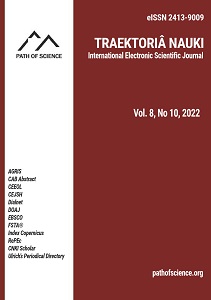Physiological Response and Tolerance of Genotypes of Shallots (Allium ascalonicum L.) under Shade Stress
Physiological Response and Tolerance of Genotypes of Shallots (Allium ascalonicum L.) under Shade Stress
Author(s): Ni Ketut Sukasni, Taufik Fauzi, Farid HemonSubject(s): Agriculture, Energy and Environmental Studies
Published by: Altezoro, s. r. o. & Dialog
Keywords: shade; proline; chlorofill;
Summary/Abstract: This study aims to determine several shallot genotypes' physiological responses and tolerance to shade stress. The experimental design used was a completely randomised design (CRD) consisting of 6 genotypes, namely: G1 (Keta Monca), G2 (Ampenan), G3 (Super Philip), G4 (Thailand Nganjuk), G5 (Bali Karet), G6 (Lokananta). Each treatment was repeated five times. Planting was done using polybags measuring 35x35 cm; each polybag planted two bulbs, 2-3 cm deep, with a spacing of 20x20 cm. Shade treatment used 65.00% parent with a shade height of 2 m, a width of 1.5 m, and a shade length of 3 m. The results of the physiological response research showed that the parameters of N-Total, protein, carbohydrates, and carotenoids showed significant differences in the genotype of shallots and indicated an interaction between treatments. The parameters of chlorophyll a, chlorophyll b, and proline showed no significant difference and no interaction between treatments. The genotypes of shallots sensitive to shade resistance were genotype Super Philip, Thailand Nganjuk, and Bali Karet. The moderate tolerant genotype was Ampenan, and the susceptible genotype was Keta Monca.
Journal: Traektoriâ Nauki
- Issue Year: 8/2022
- Issue No: 10
- Page Range: 6001-6009
- Page Count: 9
- Language: English

